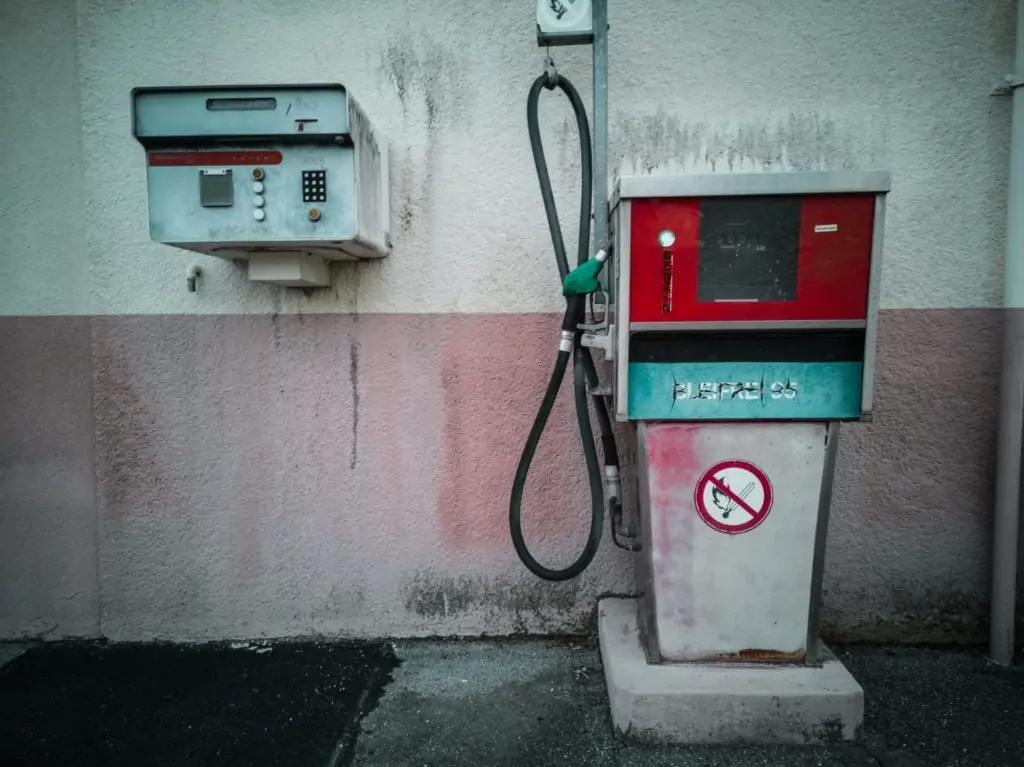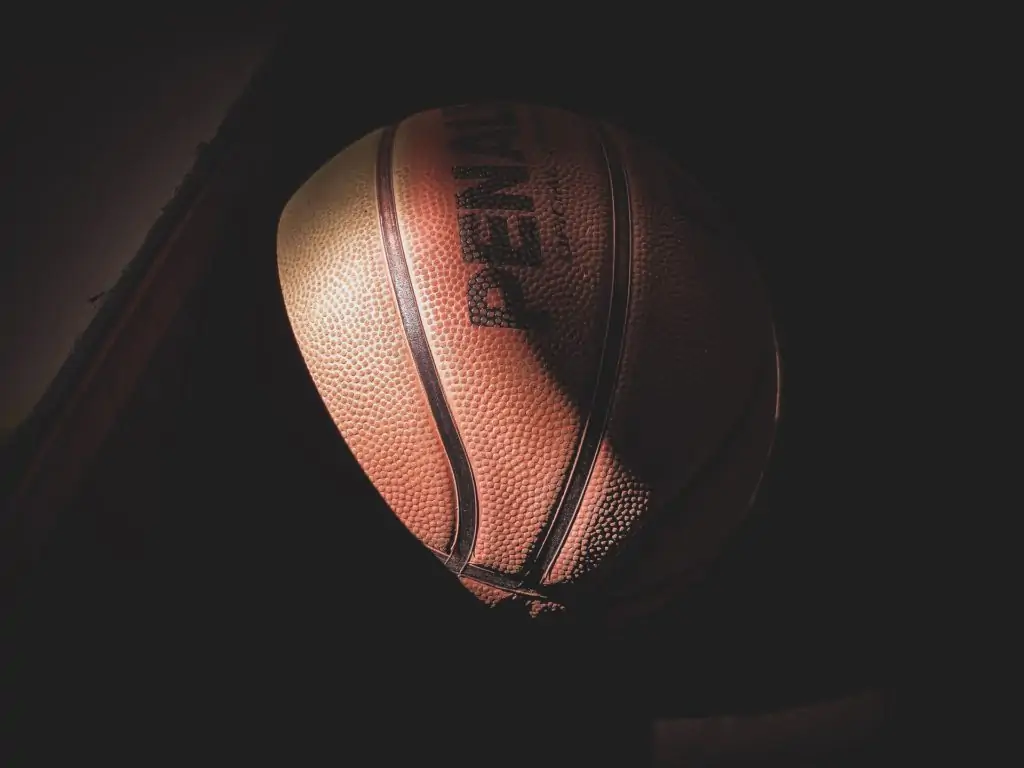If you have played or watched basketball long enough, does it occur to you how much air pressure should a basketball have? Honestly, if you have not played basketball, you would think that it doesn’t even matter. But if you have played the sport, you would know that some balls bounce a lot better than others. Is it because of the brand? It could be a factor, but perhaps the most crucial element is air pressure.
 Does it Matter How Much Air is In Your Basketball?
Does it Matter How Much Air is In Your Basketball?
We hate to answer with a little sarcasm, but aren’t we also concerned about how much air is in the balloons at some kids’ party? Or about how much air should be in our car tires? The answer is, of course, a resounding, yes! It would only be natural to prefer one basketball brand over another, but the main factor contributing to how good (or bad) your ball bounces is the air pressure.
What, then, is air pressure? It is the force or push of the air against anything that it comes in contact with. In this case, it is the leather or the rubber in a basketball. The more air there is inside, then the air pressure increases.
Needless to say, a basketball player should be worried if the ball is not bouncing correctly. It does slow your performance down, whether we are talking about shooting, dribbling, or the accuracy of passes. A basketball player that feels uncomfortable with how the ball bounces quickly becomes distracted and may even lose confidence throughout the game.
 How Do You Measure Air Pressure in Basketball?
How Do You Measure Air Pressure in Basketball?
You can measure air pressure in a basketball by using an air pump with a built-in pressure gauge. The recommended air pressure for a basketball is 7.5 to 8.5 psi (pounds per square inch). That is also the NBA basketball air pressure recommendation. As you can see, there isn’t a fixed air pressure endorsement by the NBA, but you can use this recommendation as a guide to getting the right air pressure.
 How Much Air Pressure is in a NBA Basketball?
How Much Air Pressure is in a NBA Basketball?
As previously noted, the NBA basketball air pressure instruction is between 7.5 to 8.5 pounds per square inch. Some balls have air pressure recommendations printed in them, and it may state “up to nine pounds,” but obviously, the NBA prefers it to be just a little lower than the maximum allowable air pressure in a ball.
In the case of FIBA, the international governing body for basketball did not specify a pressure range. Instead, it indicates that the ball should bounce between 1,200 to 1,400 mm (47.2 to 55 inches) when dropped at the height of 1,800 mm (or approximately 70 inches). In addition to the “ball bounce” test, FIBA rules also mandate that the balls be subjected to fatigue strength, valve leak, practice, and heat storage tests.
Ironically, even with NBA basketball air pressure recommendations, the balls are rarely measured during games. That is because most pumps that are used do not have gauges, and even if they do, it does not accurately indicate air pressure. From that standpoint, FIBA’s “ball bounce” instructions appear to be a sound and practical procedure in determining the right basketball air pressure.
 Will More Air in a Basketball Bounce Higher?
Will More Air in a Basketball Bounce Higher?
Yes, more air in a basketball makes the ball bounce higher. Why? Because as you inflate the ball, the more compressed the air becomes so it can fit inside.
Now, as it becomes more compressed, the air presses the inside of the ball with more force. If you are dribbling the ball, it produces a pushing action even more inside the basketball. The air pushes back, so to speak, with force equal to the amount of air pressure in the air. (This is known as the Third Law of Motion that briefly states: “In every action, there is always an equal and opposite reaction.”) That force is what thrusts the ball back up. If there is more air inside the basketball, it pushes harder back up when the basketball is bounced.
Again, the short answer would be, yes, it makes the ball bounce higher. But then again, it doesn’t hurt knowing the science behind it.
 Does Temperature Affect the Bounce of a Basketball?
Does Temperature Affect the Bounce of a Basketball?
Yes, the temperature can affect the way a basketball bounces. Since we have already talked a little about science, then perhaps, we should continue on with it. It involves what is called the Ideal Gas Law, a combination of natural laws discovered by Boyle, Charles, Avogadro, and Gay-Lussac.
It states that there is a specific relationship between volume, pressure, and temperature in a confined system. To cut the geeky story short, it means that when a basketball is subjected to increased temperatures, the volume of the air pressure inside increases. The opposite is also true: If exposed to colder temperatures, a basketball’s air pressure decreases.
Understanding the concept of the Ideal Gas Law will make you aware of the playability of the ball. From that Law, we can assess that a temperature change of plus-10 degrees Fahrenheit can increase the pressure by a pound per square inch. Conversely, if you played in an environment that is 10 degrees colder, the basketball’s air pressure drops a pound per square inch. In the latter conditions, say, a ball has been inflated to 8 psi. It follows, then, that playing in such circumstances will drop the ball’s air pressure to 7 psi, a tad below the minimum recommended NBA basketball air pressure of 7.5 psi.
 How Can You Tell if a Basketball is Pumped Enough?
How Can You Tell if a Basketball is Pumped Enough?
It is pretty easy if you have an air pump with a gauge, but the thing is, gauges are also inaccurate to a certain degree. That is probably why the NBA gave a recommendation range of 7.5 to 8.5 psi to provide a room for error. All that being said, we think FIBA’s ball-bouncing recommendation should tell you if a basketball is pumped enough if you can’t find a gauge.
 Does the Air Pressure in a Basketball Affect Your Shot?
Does the Air Pressure in a Basketball Affect Your Shot?
This is a tricky question, and while we are inclined to say yes, air pressure does affect your shot, it might not be accurate in all cases. Air pressure may affect the result of the shot, but it should not affect your mechanics as long as it’s not too soft or squishy to the touch. It should not change the trajectory of the ball, either.
Now, how can air pressure affect the outcome of your shot? It’s because basketballs with higher air pressure often bounce farther off the rim while the ball with a lower air pressure has a higher chance to ricochet in or bounce near the basket. So, air pressure may affect how a ball bounces off the rim rather than affecting the shooting mechanics or the ball’s trajectory.
Wrapping Things Up: How Much Air Pressure Should a Basketball Have?
A basketball should have the right air pressure for the players to feel comfortable handling it. Many will write off the importance of putting the correct air pressure on a basketball, but in reality, it is an essential part of the game. If the players are not comfortable with how the ball bounces during a live dribble, it can negatively influence his overall game.
There are really no rules on how much air pressure is needed in a basketball. If you’re just playing pickup or recreationally, it may all boil down to the preferences of the players. However, in the NBA, the recommended air pressure is between 7.5 to 8.5 pounds per square inch (psi).
In FIBA, they use a somewhat instinctive rule that a ball should not bounce higher than 70 inches and no lower than 47 inches. In our opinion, FIBA’s rule is a lot simpler and maybe even more accurate since air pressure gauges are not usually around. If there are gauges lying around, they may also not give the precise air pressure reading.
What many did not know, though, is that temperature can affect the air pressure in the ball. How so? Because of the Ideal Gas Law, it is found that a difference of 10 degrees Fahrenheit can approximately increase or decrease the air pressure by 1 psi. Knowledge of this natural law is essential, especially in the NBA. That’s because playing in certain temperatures can reduce the air pressure of the ball below the league’s recommended range.
Now, if you’re wondering whether the ball’s air pressure can affect your shot, the short answer is no. It should not affect your mechanics as well as the trajectory of the ball. The issue lies in what happens after the shot. Simple physics suggests that a ball with too much air pressure bounces farther from the rim while the ball with the lower air pressure will likely bounce near the basket. All of these factors should be taken into consideration when we’re talking about how much air pressure should a basketball have.
Because you read this post, you might find our reviews on the best basketball pumps helpful.
We also answer other frequently answered questions on basketball here.
> What Size is an NBA Basketball?
> How to Clean a Basketball: The Ultimate Guide
> How to Inflate a Basketball Without a Needle or Pump?
Want to get better at basketball?
Join our newsletter & get our comprehensive
101-page basketball guide.
Become a better baller today 👇


 Does it Matter How Much Air is In Your Basketball?
Does it Matter How Much Air is In Your Basketball?  How Do You Measure Air Pressure in Basketball?
How Do You Measure Air Pressure in Basketball?  How Much Air Pressure is in a NBA Basketball?
How Much Air Pressure is in a NBA Basketball? 
 Will More Air in a Basketball Bounce Higher?
Will More Air in a Basketball Bounce Higher?  Does Temperature Affect the Bounce of a Basketball?
Does Temperature Affect the Bounce of a Basketball? How Can You Tell if a Basketball is Pumped Enough?
How Can You Tell if a Basketball is Pumped Enough?
 Does the Air Pressure in a Basketball Affect Your Shot?
Does the Air Pressure in a Basketball Affect Your Shot?

